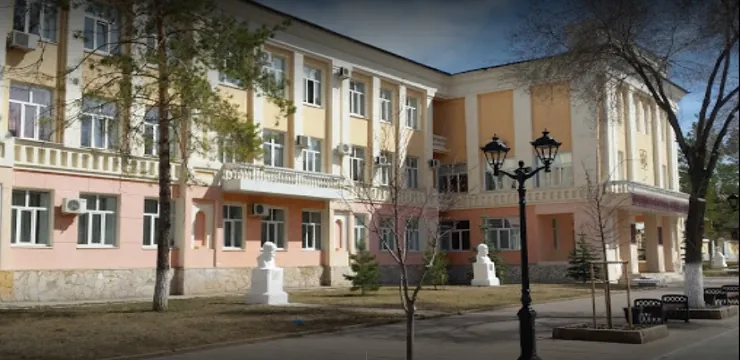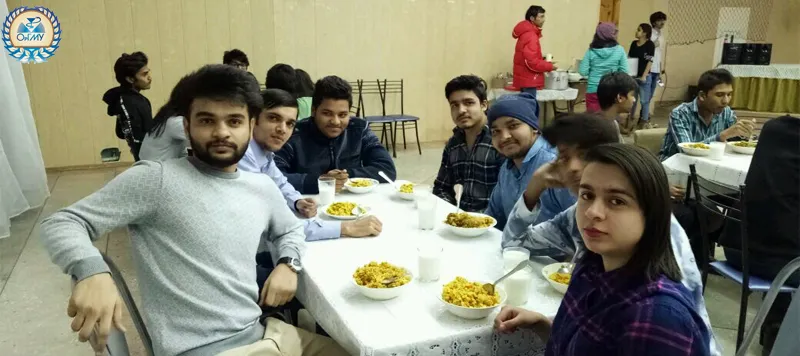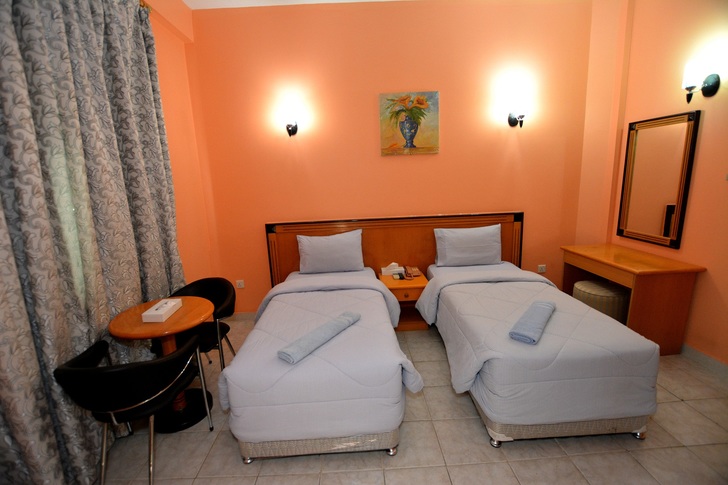- Toll free in India: 1800 123 4444
- Student Helpline No. +91-7065 000 555
- E-mail: info@nwesedu.com
- Online Payment

Orenburg State Medical University was established in 1944. Over 200 newly trained health professionals are produced by the department each year. The students will learn the extensive 54-item programme of the medical faculty over the course of their six years of training. More than 300 professors, associate professors, and professors train students in 47 faculty departments and courses, helping them to master their knowledge and skills.

Orenburg, a transcontinental city and the administrative centre of the Russian region of Orenburg Oblast, is situated on the Ural River 1,478 kilometres southeast of Moscow and very close to the Kazakhstani border. In 1734, the Russian Empire built Orenburg, an eastern frontier fortress town in the southern Ural region, as the first step in its plans to conquer Asia. At the meeting of the Ura River and the Or River, the colonists initially established a settlement in 1735. Given that the German word for fortress is Burg, the town's name meant "fortress near the Or." In 1739, the name of this settlement was changed to Orsk.
In 1741, an attempt was made to establish a second Orenburg at a location known as Krasnodar or "Red Hill," but this settlement was unsuccessful. Ivan Neplyuyev successfully founded a third Orenburg at its current location, about 250 kilometres (160 miles) west of Orsk down the Ural. This third Orenburg served as a significant military outpost on the Kazakh nomads' border. It developed into the Orenburg Cossacks' hub.

Orenburg has a very continental climate. The summers are warm and dry, with average daily highs above 15 degrees for five months out of the year. The winters are moderately cold. The temperature in the summertime can rise to 40 degrees C and occasionally drop to >degrees C. Light to heavy frost can be expected during the winter. Light thaws or severe frosts up to 20 below zero occasionally occur.

Since the completion of the Samara-Zlatoust and Orenburg-Tashkent railroads in 1876 and 1905, respectively, Orenburg has been a significant railway hub. The Orenburg Tsentralny Airport, which serves as the main airport for the city and the headquarters of Orenair, is about 25 kilometres to the east of the city on the Orsk route.

The Medical Council of Canada, as well as the National Medical Commission (MC) and the Educational Commission for Foreign Medical Graduates, have all given their approval to Orenburg State Medical University (ECFMG). The OrSMU's international recognition enables its students to pass medical licencing exams in their desired countries and obtain a licence to practise medicine in Russia, India, the United States, Canada, or another nation of their choice.

At the academy, there are three hostels. No. 1, No. 2, and No. 3. These were established in 1961, 1964, and 1981, and they quickly became the second homes for young people from all over the nation.The university is 100 metres away from two (2) blocks of hostels, so students can easily walk there to attend classes. Hostels are situated on main roads of city.These hostels now house more than 900 students.
The hostels are designed to make it easy to organise events and operate sports facilities.Hostel No. 3 is specifically designed for international students, and is situated next to University Academic Block No. - & 2. A total of 10 students lives in each of the section-style (flat system) rooms. Each section in this flat system has four (four) rooms, two of which are three-seaters and two of which are two-seaters each. Each section also has its own toilets and bathrooms.


The majority of campus activities include sports, which help students stay healty, focused and well energised. In 2013, the University inaugurated a brand-new structural subdivision called the Sports club.Its primary objectives are the organisation and enhancement of sports activities with students, promote a healthy lifestyle, and improve sportsmanship.A structural division of the university that provides education and training is the sports club. In the Club, there are 12 active sports leagues (aerobics, swimming, basketball, volleyball, indoor soccer, track-and-field athletics, table tennis, lifting, skiing, chess). Following the opening of a new University sports centre, the number of sports leagues will rise.
Our athletes frequently compete in events at the municipal, regional, interregional, and collegiate levels.
Numerous student competitions are organised by the sports club.